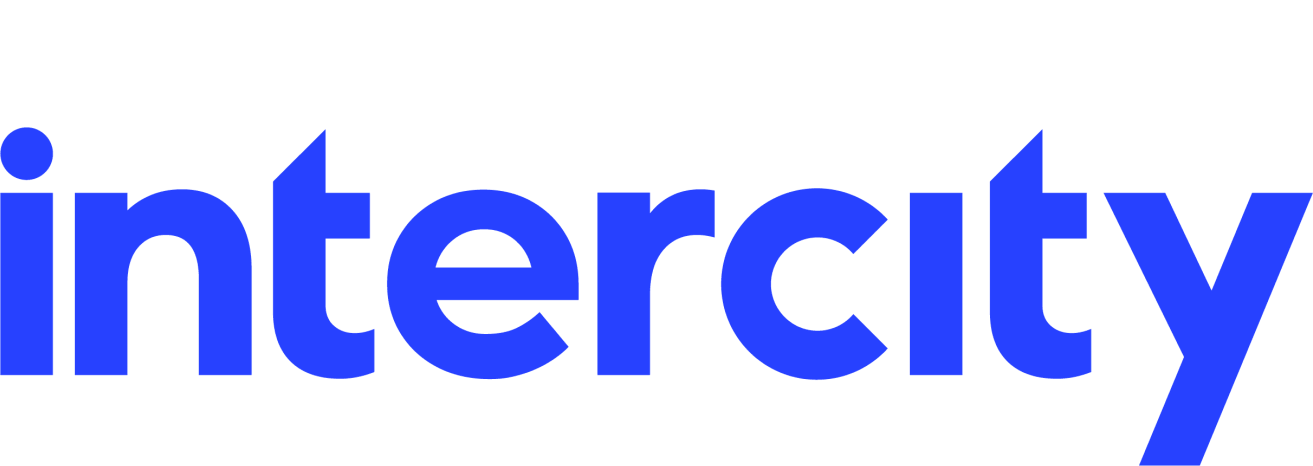BLOG
ISDN: Switch it up, Before it Switches Off
The end is nigh! The era of ISDN is drawing to a close. BT are no longer selling new networks and all ISDN circuits will be shut off completely in 2025.
This means that if you are using old legacy tech, then you need to start looking into the alternatives now, or risk getting left behind.
No matter where you are on your ISDN migration journey, we can help. We'll guide you through below on what you need to do, to ensure a painless transistion into the new world of faster connections.
So What, 2025 isn't for Ages is it?
Think of it like your tax returns. You always seem to have an endless amount of time and then wham, you end up staying up 24 hours straight to complete them, asking yourself why you couldn't tear yourself away from those box sets for all those months.
Fast forward to 2024 and you now have that same sinking feeling. You've made the decision to finally do something about swapping out your ISDN line for a full IP (Internet Protocol) solution, only to find all your competitors have had the same idea and you can't get anything booked for months. You then realise that all your phone lines will be switched off and then what?
But if you are like the 25% of UK business decision makers who are completely unaware of the demise of ISDN, don't panic. We are here to reassure you that you still have the time to weigh up your viable options and with the right preparation, you can minimise the disruption to your business and make sure the process goes smoothly.
What is ISDN?
The Integrated Services Digital Network (ISDN) allows you to make phone calls, video calls and other services using digital transmission using a traditional Public Switched Telephone Network (PSTN). Launched in 1986, it allowed BT to move old fashioned landlines to digital, and allowed businesses to simultaneously support an analogue phone line alongside digital data services.
Back then we were all blown away by how ISDN allowed for better connections and even video communication, in a way that had not seemed possible before.
Sounds Great, so why is it being Switched off?
Throughout the 80s, 90s and early 00s, ISDN was the gold standard of fast digital connections. It allowed data transfer and internet access at an incredible 128mbps; the fastest possible at the time.
However, these days, systems that use ISDN are a little antiquated and can no longer compete with the Broadband internet connections like DSL, WAN and cable modems, which have taken connection speeds to a whole new level.
BT’s decision to invest heavily in VoIP (Voice over Internet Protocol) - ISDN's main successor, has also strengthened their decision to phase out ISDN, as BT will no longer pump money into keeping outdated systems alive.
Starting to Prepare for the ISDN Switch Off Now
There are huge advantages to starting the switch from ISDN. Not only will you beat the inevitable rush that happens with any tech switch over, but you will also be able to increase your team’s mobility capabilities and integration with your CRM system.
Throw in enhanced call routing, recording, monitoring, tracking and all the cost savings that come when switching to a VoIP solution and this will be a project that pays for itself in the long run.
We've put together some easy-to-follow steps below to ensure that you’re fully prepared for the switch off.
STEP 1 - Don't Renew Your Current Contract
If your current contract is running out soon, it’s worth exploring alternatives right away.
The first phase of the switch off is upon us, so it’s better to begin the shift towards a more modern system like VoIP than keep renewing one that will soon be obsolete. So, look for the earliest opportunity you can make the switch and start researching the best solution for your business.
STEP 2 - Choose Your Replacement
Your specific requirements will vary, and your decision will typically be dictated by the size of your business.
Although both are well equipped for scalability, VoIP is better suited to small businesses due to its easy installation. SIP lets you keep your existing phone system, if you want to avoid the hassle of replacing it, which makes it better suited to larger businesses with different branches and better IT support.
Both systems are great improvements on ISDN - you just need to find out which one best suits your business.
We've written a short handy guide which may help, you can read it here.
STEP 3 - Check Your Existing Systems
Before you start out with your new solution, you need to make sure you’ve got the functionality for it. Your internet has to be up to speed (literally…) and have an adequate amount of bandwidth to handle your calls.
You also need to check that your current system can support the upgrade. The majority of systems are compatible with VoIP and SIP, but we recommended double-checking that yours is before you move over. If you’re only equipped for ISDN, then it’s time for an upgrade across the board. Use this opportunity to discuss the future of your communications with us, so you can be well-equipped going forward.
STEP 4 -Install & You’re Ready to Go
Once you’ve chosen a solution and checked it can integrate with your system, then you’re ready to roll it out across your business.
Installation can take as little as three weeks but will vary from company to company based on factors like size, users, and the number of locations. Once you’re all set up you can rest easy, knowing your business is future proof.
Need Help Making the Switch?
Here at Intercity Technology, we're experts in communications and technology services. We're perfectly positioned to help you manage all aspects of your migration from ISDN to VoIP. As trusted partners, we'll work with you through the whole journey - and beyond.
Don't hesitate to contact us for advice, costings, and installation arrangements.
Subscribe to our newsletter
YOU MAY ALSO BE INTERESTED IN:



